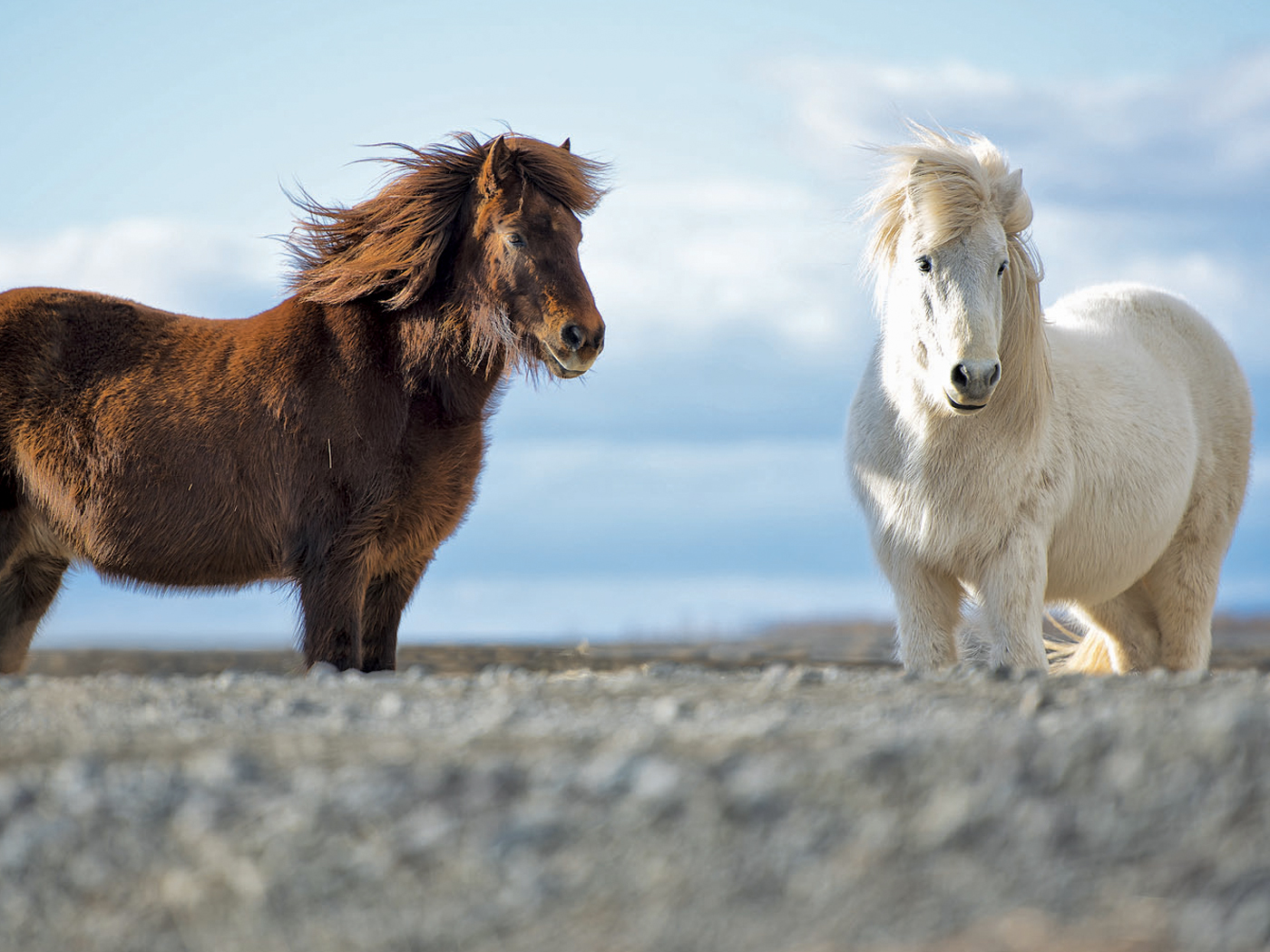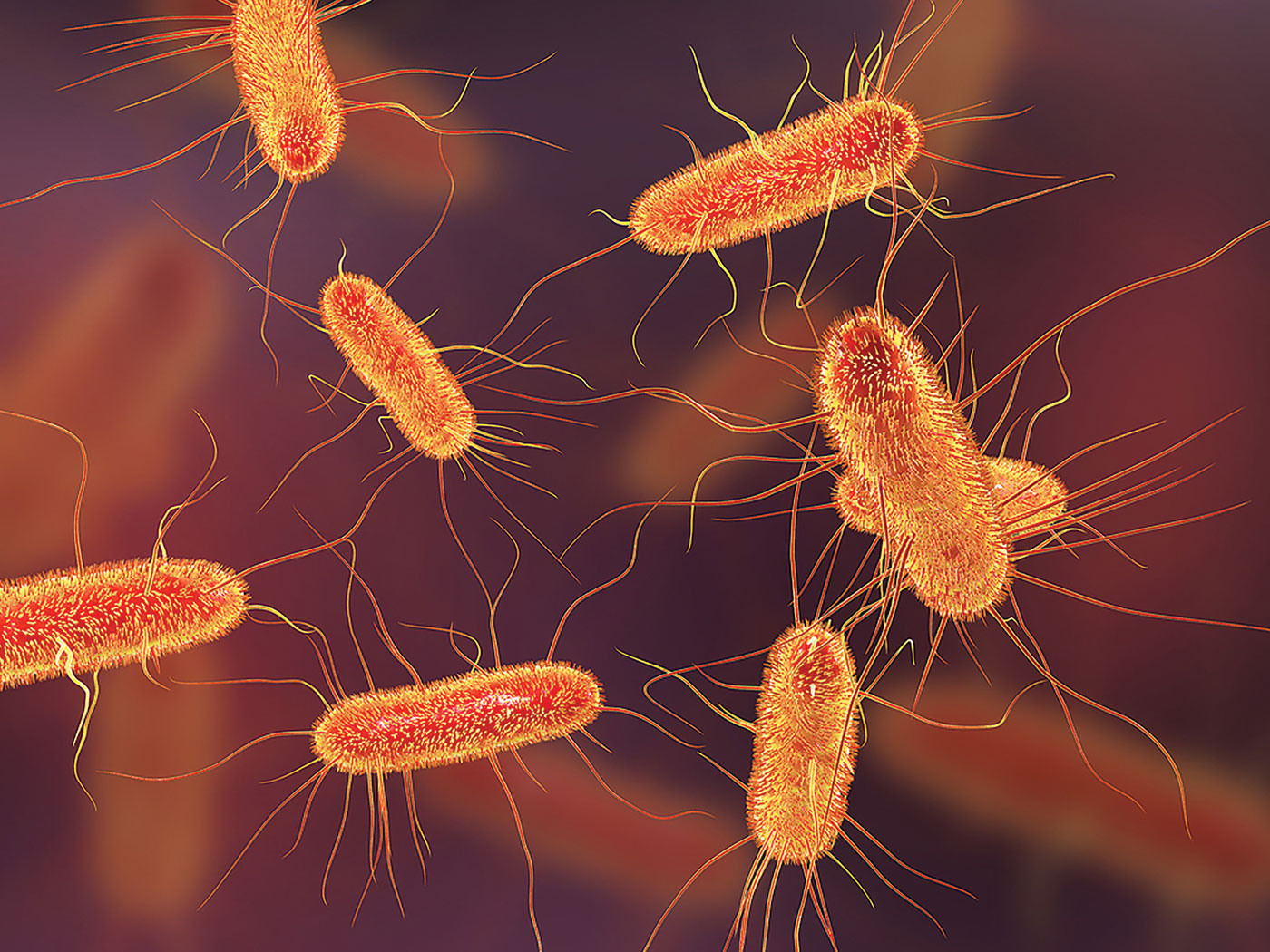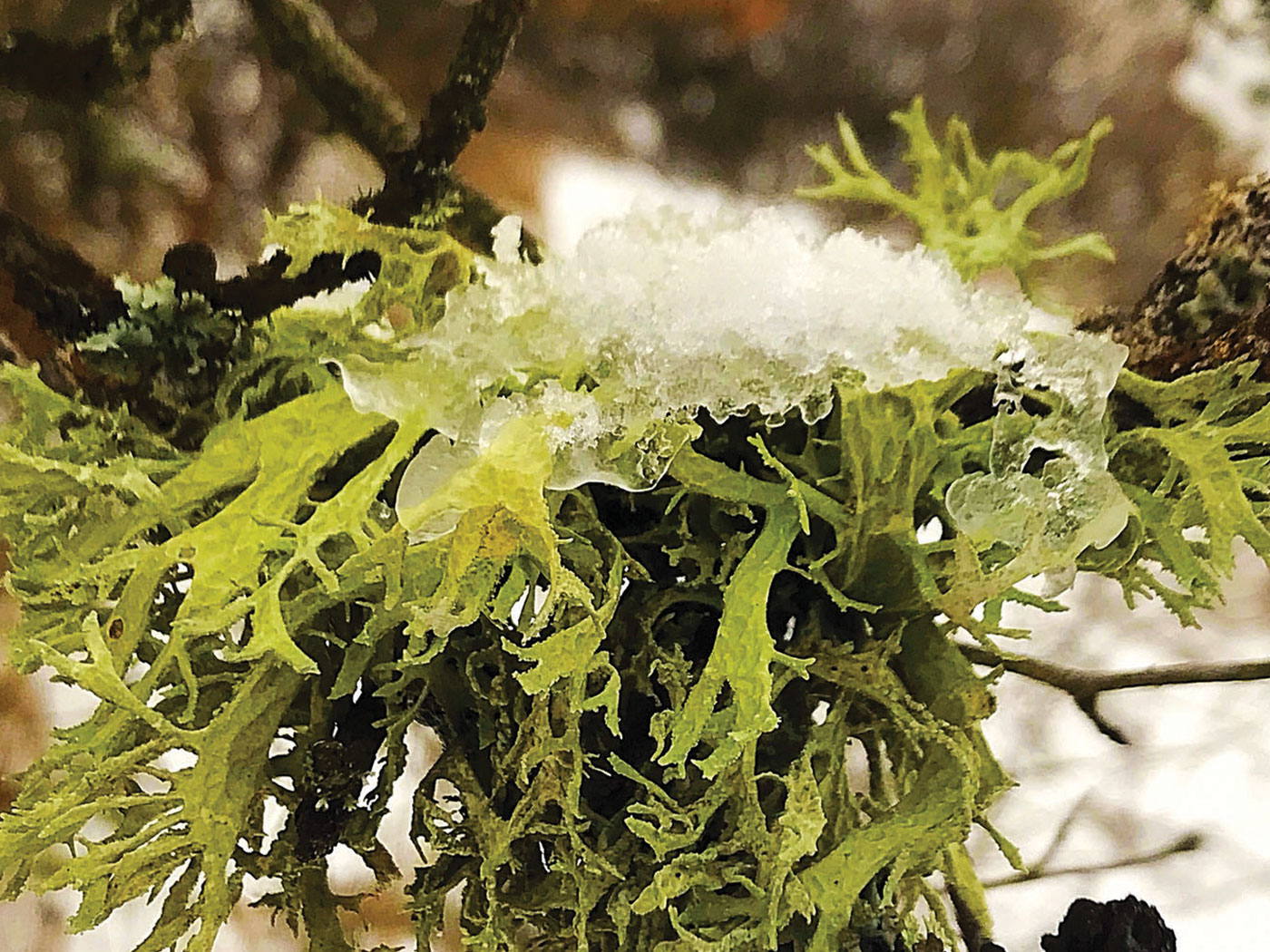Researchers have just identified over 12,000 novel DNA sequences in the human genome, most of them in areas once thought to be "Junk DNA."1 These newly discovered DNA sequences, called "translation-enhancing elements," jumpstart protein production in certain situations and provide a whole new perspective on how proteins are produced in the cell.
When genes are expressed in the cell nucleus, the standard paradigm goes as follows: First, an RNA copy of the gene is made, called a transcript or messenger RNA (mRNA). Second, the mRNA transcript is spliced into different variants based on an assortment of regulatory signals and factors controlling the gene's expression. Finally, to provide a recognition and binding signal for the RNA to be ferried out of the nucleus and into the cytoplasm and then used as a template to produce a protein in a process called translation, a special tag-like molecule called a 7-methylguanosine cap is added to the front end of the RNA. This capping step in the mRNA processing phase is a key part of a process called "cap-dependent translation."
Another type of translation that does not use this form of capping mechanism was first discovered in virus genes and then also found in various other kinds of animal life as well as in humans.2 This type of translation uses a variety of RNA sequences that are added onto the mRNA transcript. Sometimes they are directly encoded in the gene that produces the mRNA and sometimes they are not. This type of translation is called "cap-independent" and has been implicated in central biological roles associated with cell growth, metabolism, and stress responses.2
Cap-independent translation in humans is poorly understood and the DNA sequences that code for its various features were not well known and difficult to determine—until now. Recently scientists have developed a technique whereby they are able to capture en-masse the wide diversity of "translation-enhancing element" fragments (TEEs) attached to mRNAs involved in cap-independent translation.1 After capturing these TEEs in literally trillions of RNA molecules, researchers determined their DNA sequence and location all over the human genome.
Scientists were surprised to discover that the human genome contains over 12,000 TEEs. A small number of these sequences were located directly next to genes which in some cases explained their attachment to the mRNA molecule. However, over 10,000 of the TEEs (the vast majority) were located in between genes around the genome and therefore copied into RNA fragments separately from the gene itself and then attached during the course of RNA processing described above. What's even more surprising is that these sequences were located across the genome in areas once thought to be meaningless sequence, often termed "Junk DNA."
Of course, we now know that the term "Junk DNA" should itself be relegated to the trash bin due to the fact that scientists are discovering that the entire genome is pervasively functional.3 These new discoveries not only discredit the idea that the genome is the product of imaginary evolutionary processes, but they also show the infinite complexity and wisdom of the Creator.
References
- Wellensiek, B. P. et al. 2013. Genome-wide profiling of human cap-independent translation-enhancing elements. Nature Methods. Posted on nature.com on June 16, 2013, accessed July 1, 2013.
- Kaiser, C. et al. 2008. Activation of cap-independent translation by variant eukaryotic initiation factor 4G in vivo. RNA. 14 (10): 2170-2182.
- Tomkins, J. 2012. Junk DNA Myth Continues Its Demise. Acts & Facts. 41 (11): 11-13.
* Dr. Tomkins is Research Associate at the Institute for Creation Research and received his Ph.D. in Genetics from Clemson University.
Article posted on July 17, 2013.
















